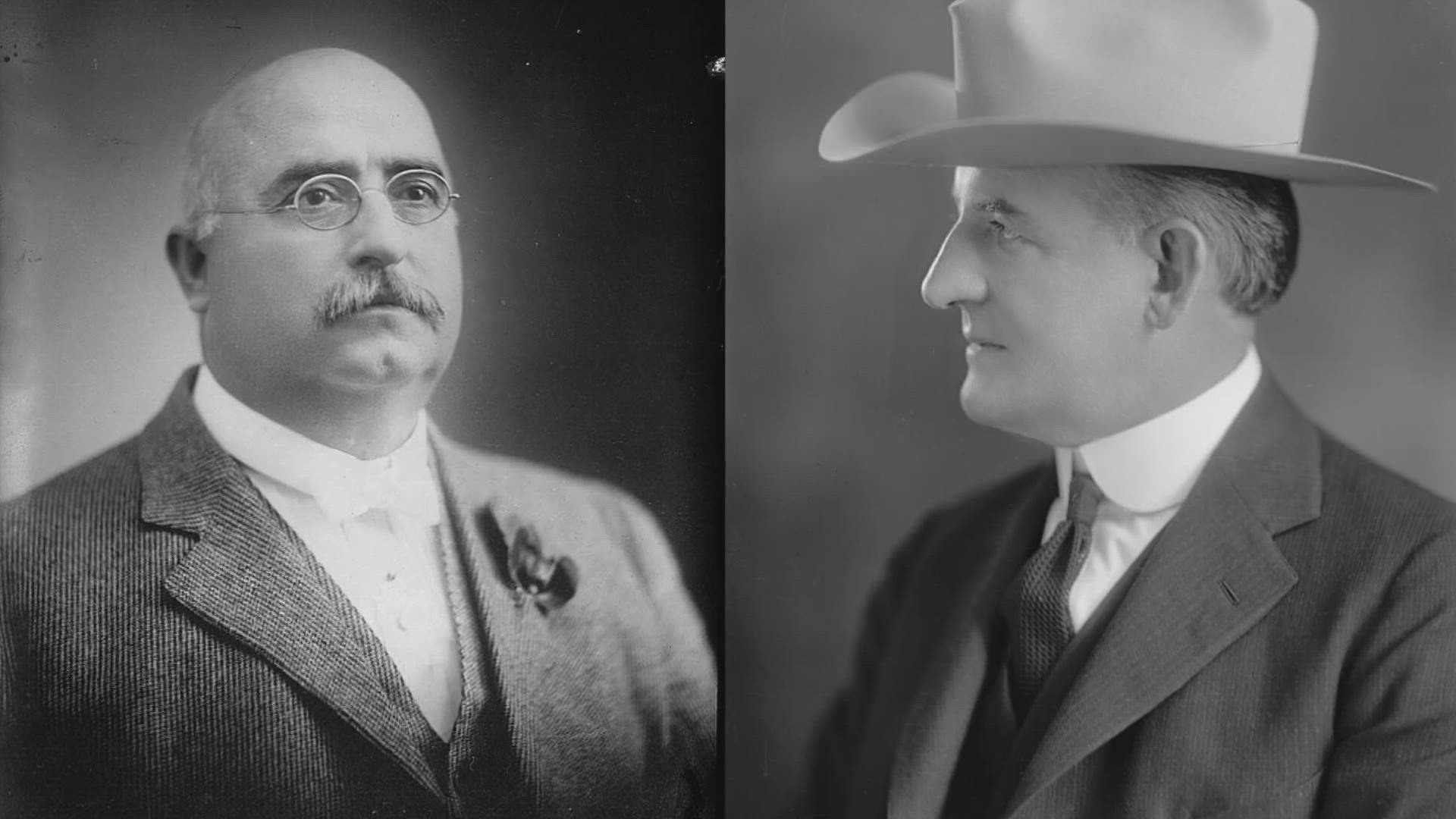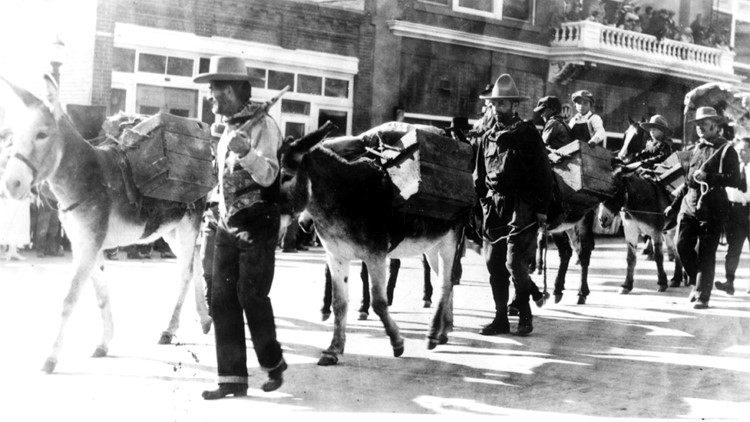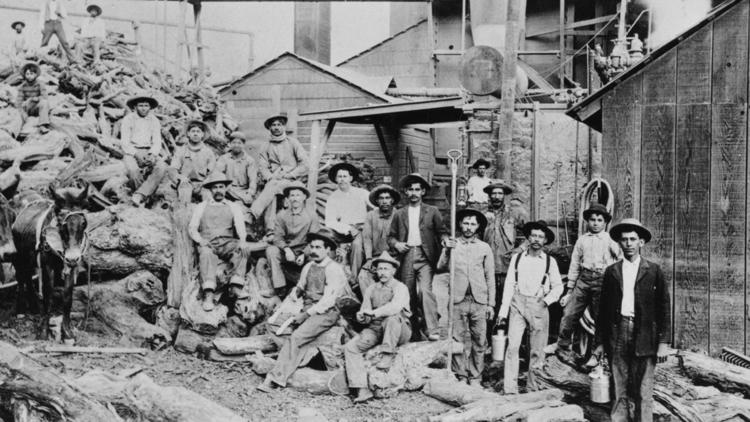PHOENIX — You thought the 2022 general election was tight? It was nothing compared to 1916.
Just after Arizona became a state, we ran a gubernatorial election that was so close it came down to only tens of votes -- and both candidates declared themselves the winner.
So what made it so tight? How did fewer than 50 votes decide the election? And why were Arizonans so fiercely split on the vote?
The split ticket issue
In 2022, we saw an example of how strange a split-ticket ballot can look. State Treasurer Kimberly Yee, a Republican, recently received more votes than any other candidate on either side of the aisle even as Democrats won other top seats.

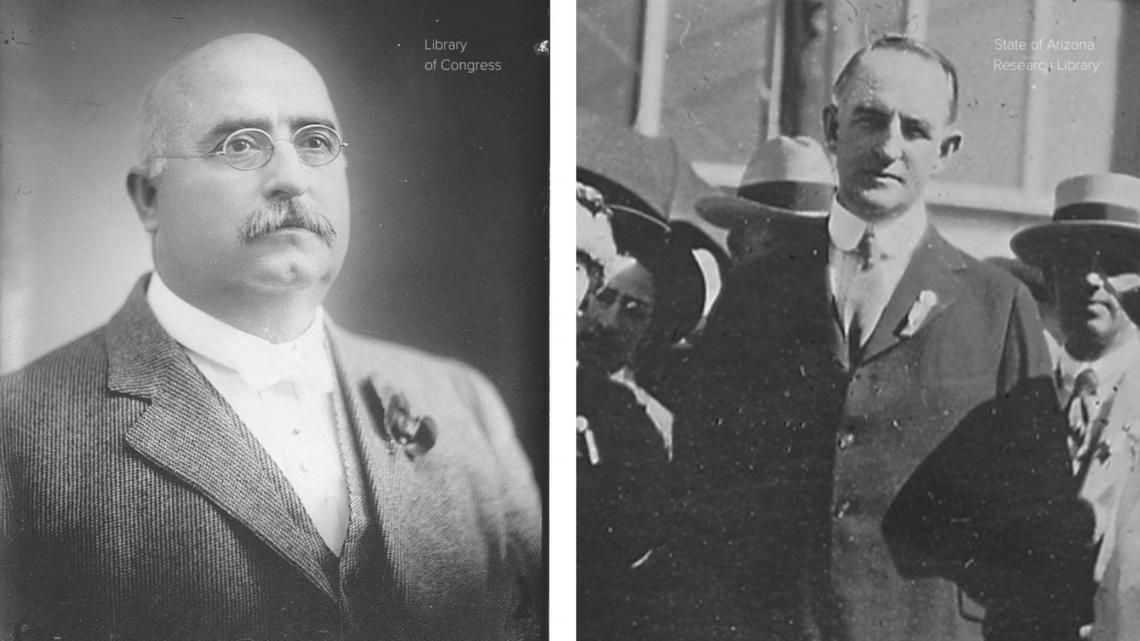
Pictured above are governors George W.P. Hunt and Thomas E. Campbell. Hunt was Arizona's first governor, served seven separate terms across the first 20 years of Arizona's statehood and was a stout progressive Democrat.
Hunt had to oversee a growing divide between labor and business interests in the state during the years leading up to the 1916 election, as detailed in Thomas Sheridan's Arizona: A History.
But in 1916, a quirk of split-ticket ballots led to Campbell winning the election by 30 votes. But Campbell only served for a year, and courts eventually declared Hunt the winner.
Arizona's state historian, Marshall Trimble, explained that voters had the option to vote a straight ticket along party lines by ticking off a box at the top of the ballot just below the party's name. Some voters selected a straight Democrat ticket with that box ... but then penciled in a vote for Campbell as well.

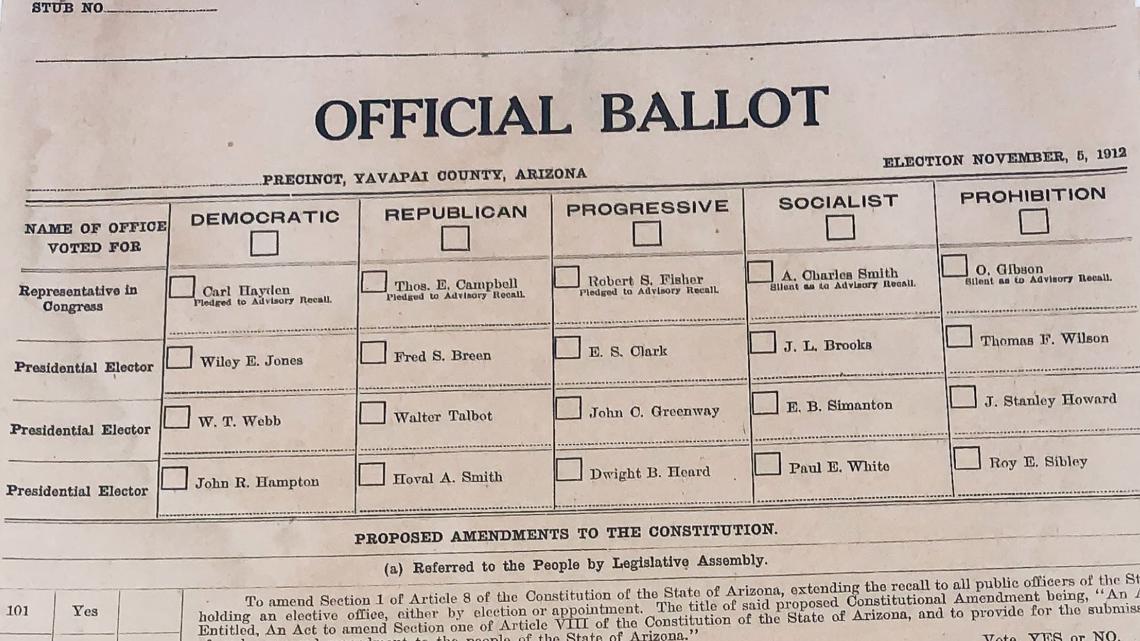
That technical quirk - people saying they wanted every Democrat except for Hunt - left Campbell the winner after a race so close that it was repeatedly swung by tens of votes in either direction.
Hunt demanded a recount which took roughly a month in Maricopa County. However, Trimble said, t refused to leave office and took the matter to the Arizona Supreme Court.
Although 2022 general election isn't nearly as close, some from this November look like they'll be heading into a recount. Republican Attorney General candidate Abe Hamadeh has already filed a lawsuit asking for his narrow loss to be reversed.
A de facto governor ... or a stubborn one?
But back in 1916, Campbell had to take the oath of office in his home. He governed from there for nearly a month until the State Supreme Court declared him the de facto governor in January of that year.
"Both men played the role of governor," Trimble said, "And the state treasurer was a Democrat, so he just refused to sign Campbell's checks."
Hunt finally surrendered his office on Jan. 27, 1917, and the courts set about reviewing the election.
Growing tensions between labor and business left Arizona voters divided

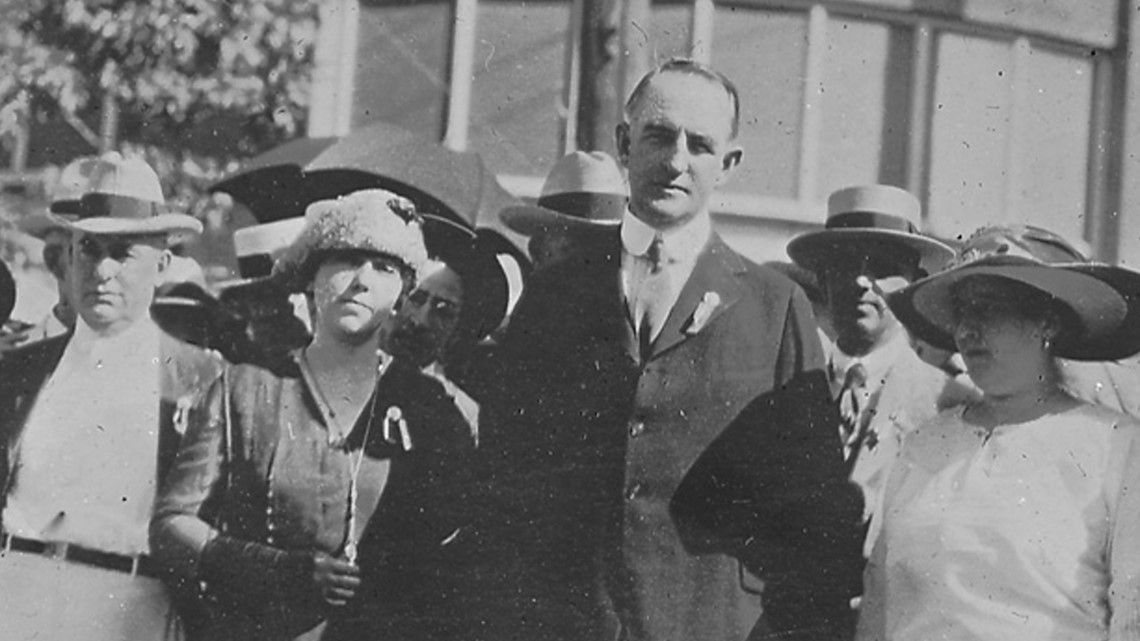
During the 11-month-long court battle that would follow, Campbell served without pay and struggled to govern a state dealing with escalating violence against its workers.
Mass deportations in Jerome and Bisbee were, according to Sheridan, the eruption of years of building conflict between interest groups in Arizona.
Competition for skilled labor was starting to push mining companies apart, and a series of legislative decisions aimed at properly taxing undervalued mines made the companies focus their attention on Hunt.
Sheridan wrote that "the mining companies claimed that the value of their mines was $31 million," but the state tax commission estimated their real value was closer to "$108 million."
The governor was doing his best to appease both sides, but it wasn't working.
"Hunt kept his front door open to the workers, but his backdoor was open to the mining companies," as Trimble put it.

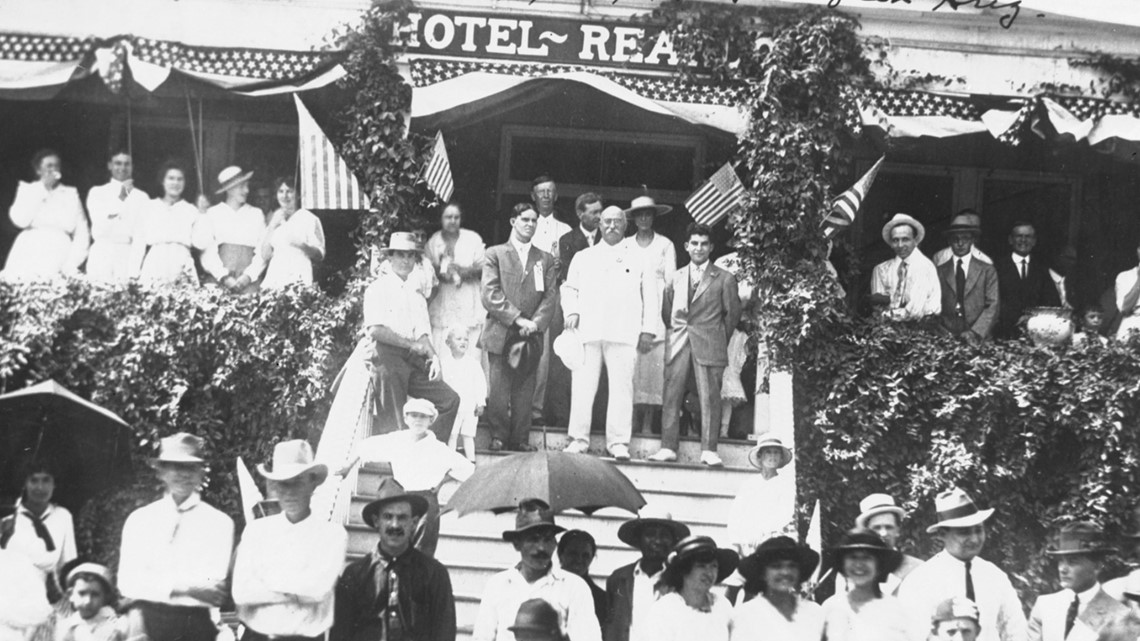
With World War I driving up the price of copper and fueling an atmosphere of "patriotic hysteria," according to Sheridan, these companies were able to paint labor unions as socialist dissidents who threatened the country.
And it worked.
At the same time that business went on the offensive, labor was suffering a growing internal divide driven by racist sentiment.
"They considered Mexicans to be strikebreakers, they considered Mexicans willing to work for lower wages. And so they wanted to, you know, their ultimate goal was to force Mexican and southern European workers out of the unions, out of the mines, and off the railroads," Sheridan explained.
Those sentiments are echoed today as accusations of open borders and fentanyl-related deaths dominate much of political conversations.
All those factors combined made Hunt an easy target for both sides. Campbell, a young Republican and native Arizonan, was there to pick up the slack.
Ultimately, the courts decided that Hunt had won by a slim margin of 43 votes. He retook the office on Christmas Day of 1917 and finished out the remaining year of his two-year term.
In 1916, a quirk of the ballot's formatting led to a squabble between two men who ultimately peacefully handed over power and observed the ruling of American courts.
In 2022, an election official in Maricopa County allegedly received so many death threats that he and his family had to be relocated to a secure secondary location on Election Day earlier in November.
Hunt did not run for reelection in 1918, leaving Campbell to win office for his second term by roughly 400 votes. Hunt would later serve five more terms after coming out of retirement.
Laborers hold growing sway in early Arizona
History repeats itself
"Arizona has become a so-called purple state, Sheridan said. "And I think a lot of that has to do with the greater power that people of color, particularly Latinos and Native Americans are exercising through the ballot box."
Arizona may have spent decades as a solidly Republican state, but its roots as a state whose elections can go either way run deep -- and passionate.
"It really makes me sad to see these guys not leaving office," Trimble said. "Take it like an American citizen: You lost, go home."
WE ❤ ARIZONA
Explore amAZing people, places and things across our state on our 12News YouTube playlist here.

